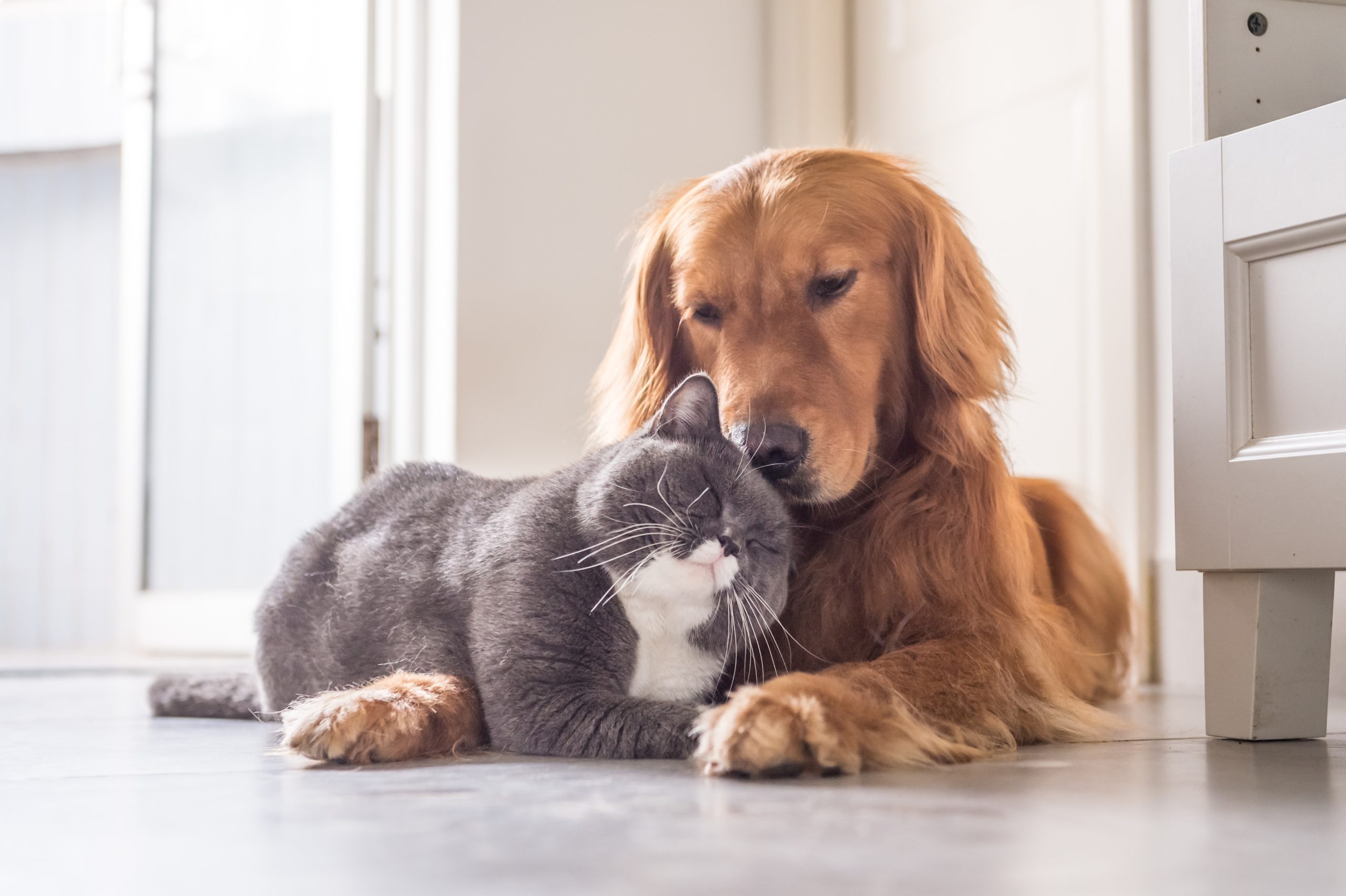When homeowners think about radon, their minds usually go to human health — lung cancer, indoor air quality, mitigation systems. But what about the members of your household who can’t speak for themselves — your pets? Because pets often spend even more time indoors, especially on lower floors or in basements, they can be just as vulnerable to radon exposure. Let’s explore what pet owners should know, what signs to watch for, and how Quality Radon can help keep your entire home — two-legged and four-legged alike — safe.
Understanding Radon and Why It Matters to Pets
Radon is a naturally occurring gas, produced when uranium decays in soil and rock. It’s invisible, odorless, and tasteless, which means you can’t rely on your senses to detect it. Under the right conditions, radon seeps upward through cracks in foundations, gaps around pipes, or through crawlspaces, eventually entering the living spaces of your home.
Pets, especially those who spend lots of time on lower levels or in rooms closest to the foundation, often inhale the same radon-laden air that you do — sometimes for more hours per day. Small mammals, cats, dogs, even rabbits or birds living in basements or lower floors can all face potential health consequences from prolonged exposure.
How Radon Could Affect Your Pets
While research into pets and radon is more limited than studies in humans, the basic biology is similar: inhaled radon and its decay products can damage lung tissue and DNA, increasing the risk of disease over time.
-
Respiratory Stress
Long-term inhalation of radon and its radioactive particles may contribute to chronic lung irritation, inflammation, or vulnerability to respiratory infections. -
Lung Cancer Risk
Some data suggest that pets in regions with higher radon levels may show a modestly elevated incidence of primary lung tumors. While absolute numbers remain low, the relative increase is a concern worth addressing. -
Compounding Factors
Other environmental stresses — such as secondhand smoke, allergens, mold, or pollutants — can act together with radon to aggravate respiratory health. If a pet already has asthma, chronic bronchitis, or heart disease, radon may worsen outcomes.
Because pets often can’t tell us when something’s wrong, preventive steps are especially important.
Warning Signs to Watch For
Here are symptoms that could signal trouble — not necessarily from radon alone, but worthy of veterinary attention in a home with possible radon risk:
-
Persistent or worsening coughing or wheezing
-
Labored or rapid breathing, especially at rest
-
Decreased activity or exercise tolerance
-
Loss of appetite or unexplained weight loss
-
General lethargy, reluctance to move, or fatigue
If your pet experiences one or more of these signs over time, especially with no clear alternative diagnosis, mention your home environment and radon exposure history when consulting your veterinarian.
How to Protect Your Pets (and Yourself)
The best news is that protecting pets from radon is essentially the same as protecting your human family — and the solutions are proven and effective:
-
Test your home for radon.
Use a properly calibrated radon test kit or hire a professional service. Don’t assume your home is safe just because your neighbors’ are. -
If levels are elevated, mitigate immediately.
A certified mitigation system (e.g. sub-slab depressurization, vent pipes, sealing foundation cracks) can dramatically reduce indoor radon levels. -
Ensure good ventilation and sealing.
Keep basements and lower-level spaces sealed and ventilated. Use fans, dehumidifiers, and airflow strategies to help dilute radon accumulation. -
Retest periodically and after renovations.
Changes to your foundation, landscaping, or HVAC systems might alter radon entry routes. Retesting every few years, or after structural changes, is wise. -
Minimize additional respiratory stressors.
Avoid indoor smoking, reduce exposure to dust, mold, allergens, and maintain good indoor air quality overall.
Why Turn to Quality Radon?
As Maine’s quality local radon contractor, Quality Radon knows the local soil, rock, and weather patterns that influence radon entry in homes across the state. Our services include:
-
Comprehensive radon testing with accurate results
-
Custom mitigation systems tailored to your home
-
Full warranty and satisfaction guarantee, so you can be confident your indoor air is safe
-
Experienced, certified technicians who treat your home and pets with care
When you choose Quality Radon, you’re not just fixing a gas problem — you’re safeguarding your home and every member of your family, whether they bark, purr, or talk.
Call to Action
Your pets can’t ask for help — but you can help them. Don’t wait for symptoms or risk unknowingly breathing dangerous air together. Whether you’re in Hermon, Bangor, Portland, or elsewhere in Maine, Quality Radon is ready to assist.
Contact us today to schedule a free estimate for mitigation. Protect your home, your health — and your furry family members — with Maine’s trusted radon team.


